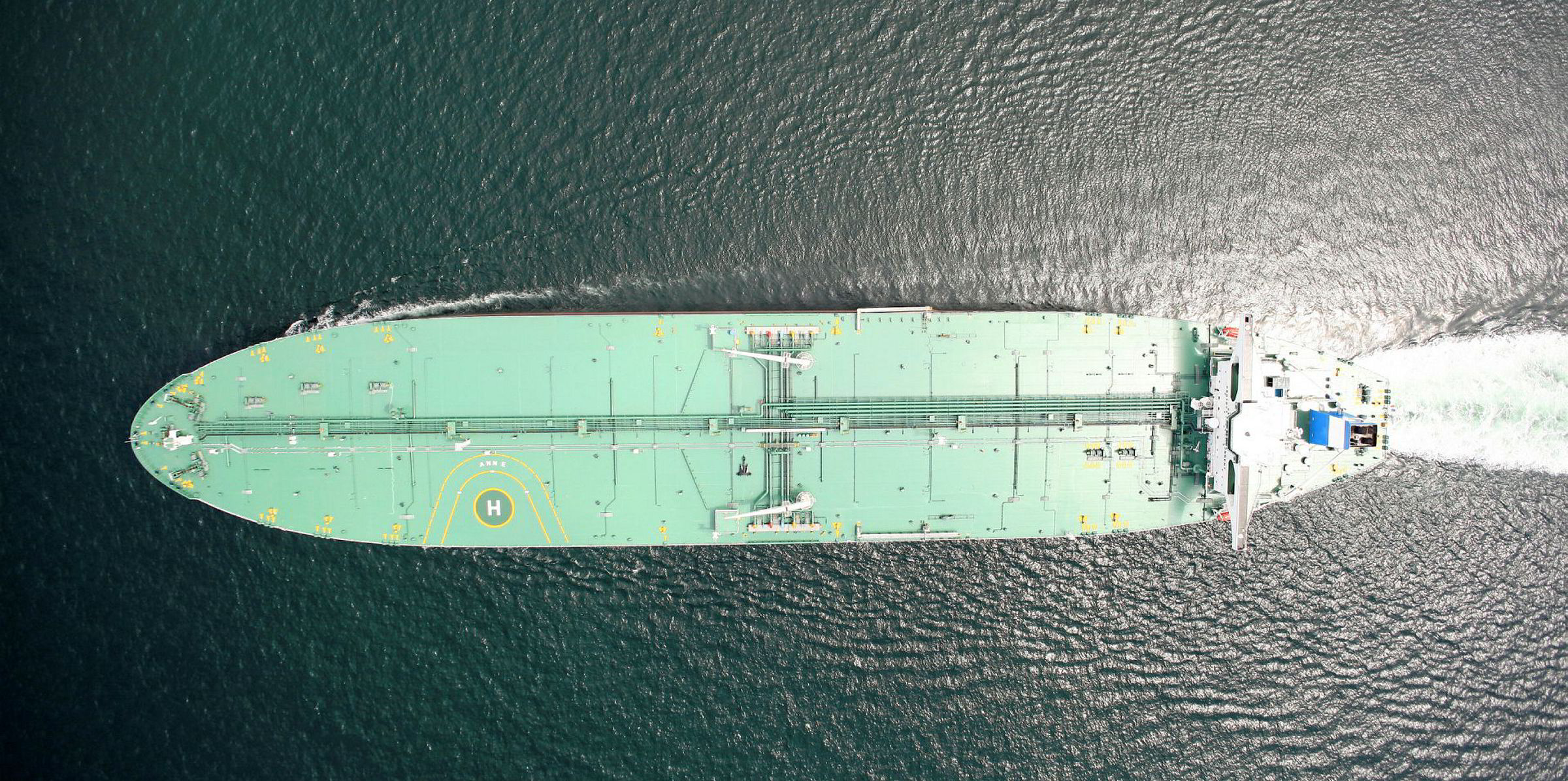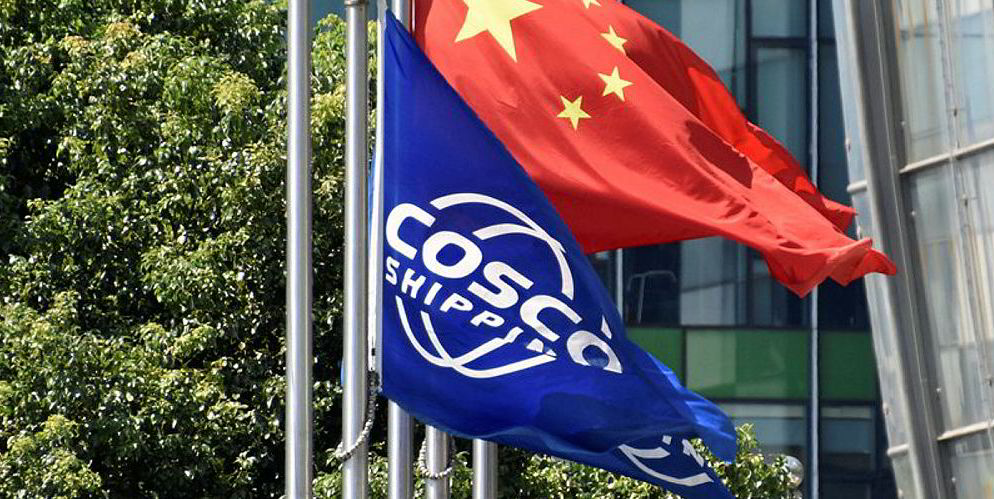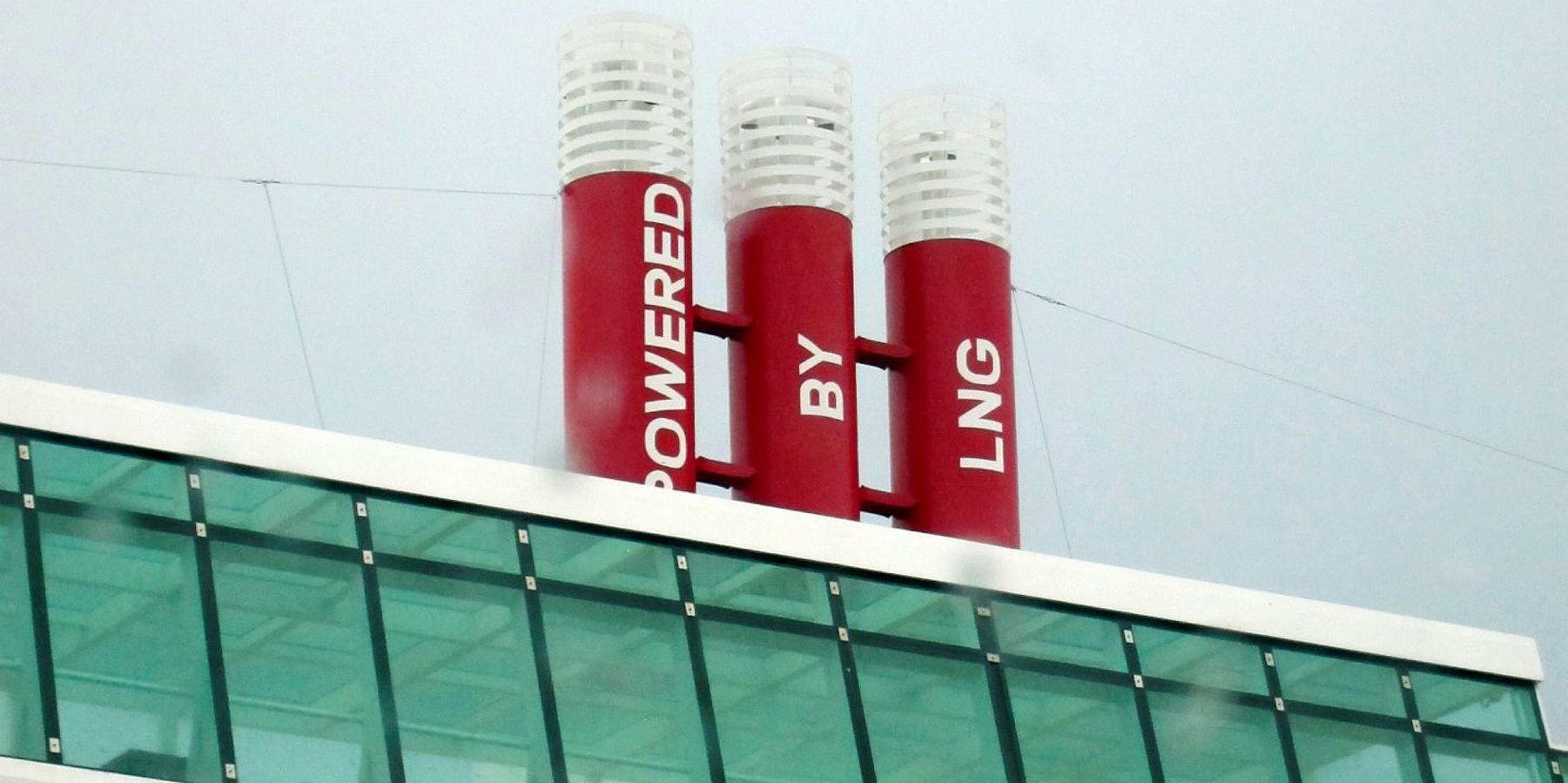Industry coalition SEA\LNG has released a study showing the potential paybacks of selecting LNG fuel for a VLCC newbuilding due for delivery in 2022.
The study focuses on a 300,000-dwt tanker trading from the Persian Gulf to China and has been conducted by independent simulation and analytics company Opsiana, using data and expertise contributed by SEA\LNG members.
It concludes that using LNG fuel in dual-fuel engines provides a return on investment on a net present value (NPV) basis in the range of $6.1m to $15.1m over what SEA\LNG describes as a “conservative” 10-year horizon.
“The LNG payback periods are compelling, ranging from three to five years,” the report states.
To date, one firm LNG-fuelled VLCC has been contracted in China. Energy majors Shell and Total have both been working on projects for similar large tankers, but it has proven difficult to reconcile the higher capex costs of newbuildings with the charter rates offered.
The SEA\LNG study assumes the VLCC is contracted in 2020 and delivered two years later.
It will be fitted with a pair of on-deck LNG bunker tanks, which will hold a combined total of 7,200-cbm of fuel.
This will give the vessels a range in excess of 23,000 nautical miles, which SEA\LNG said is sufficient to allow trading over most of the routes for the vessel.
The business case compares the relative investment performance of four propulsion alternatives.
These comprise a conventional VLCC sailing with very low-sulphur fuel oil; a scrubber-fitted VLCC mainly using heavy fuel oil and two LNG-fuelled VLCCs, one using a high-pressure two-stroke engine, the other a low-pressure version.
Capex uncovered
The study shows the additional capital expenditure for an LNG-fuelled VLCC fitted with a high-pressure two-stroke propulsion system would be around $20.5m, compared to the a low-pressure version that comes in nearer $16.5m.
This compares with the capex for an open-loop scrubber of $3.3m.
SEA\LNG said: “The higher investment return was achieved without including the significant additional benefits and branding value gained by choosing LNG as a more environmentally-friendly marine fuel.
"When corporate sustainability and environmental goals are included, choosing LNG as a marine fuel brings additional benefits.”
Speaking to TradeWinds, SEA\LNG chief operating officer Steve Cadden acknowledged that the upfront capex is the challenge for owners.
But he said: “In every scenario LNG clearly beats low-sulphur fuel choice. If owners have a view of a 10-year period they are going to find that LNG far outperforms low-sulphur fuel.”
The study includes two graphs, based on low- and high-capex premiums, to give shipbuilders, shipowners, energy suppliers and charterers the ability to apply their own assumptions on future pricing.
John Hatley, chairman of SEA\LNG’s investment committee, explained that market signals can change the capex costs, including those at yards, from technology choices or physical differences on the VLCC.
“This allows all four stakeholders to see the changes in capex that arise as well as the changes in price of the fuels. We are just trying to help paint the picture for all parties,” said Hatley, who is Wartsila's vice-president, Americas marine solutions and director of market shaping.
SEA\LNG has previously produced investment case studies on for a 14,000-teu containership and a dual study looking at an 8,000-ceu pure car and truck carrier trading in the Pacific and a smaller 6,500-ceu PCTC in the Atlantic.






